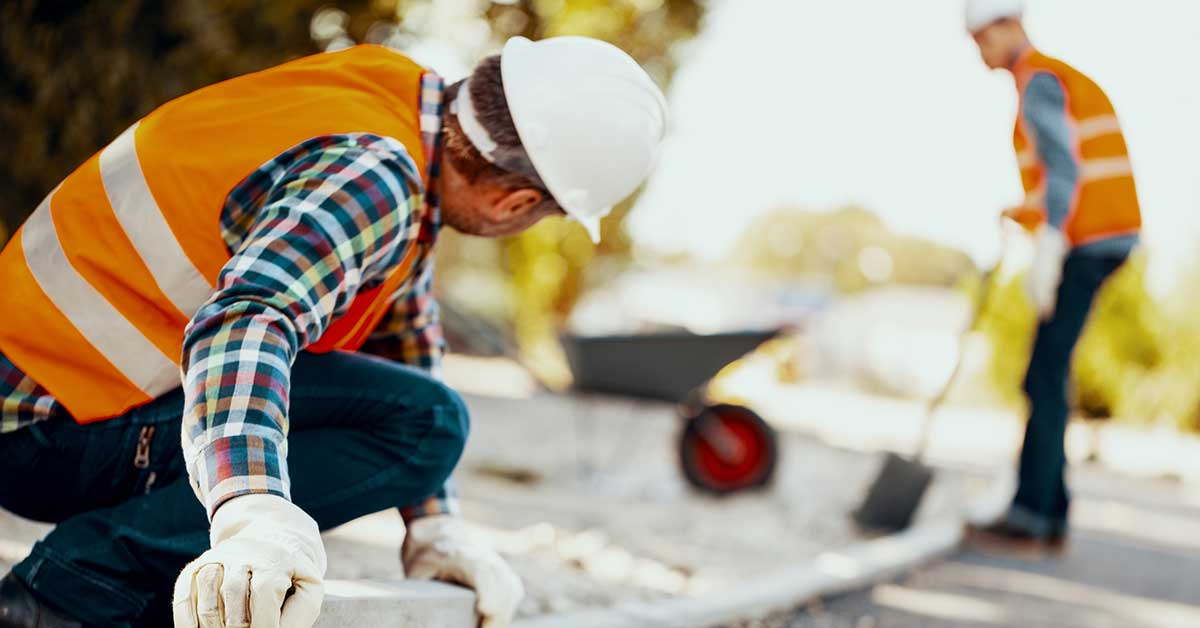
What Exactly Is Infrastructure And Why Is It Important To Homeowners?
If you’ve ever read a local political mailer, odds are you’ve seen the term infrastructure. Candidates often talk about “making sure there is enough money for local infrastructure” or “ensuring that our community’s infrastructure is up-to-date.” But what does that really mean to you as a homeowner?
The word infrastructure is defined as, “the fundamental facilities and systems serving a country, city, or area, as transportation and communication systems, power plants, and schools.” From a local property owner’s perspective this includes things like; roadways, wastewater transport (sewers), water mains, electrical supply, telecommunications (high-speed cable) healthcare and emergency response services.
Even though most of us may not use the word “infrastructure” in everyday conversation, as homeowners we actually talk about it a lot. Last week, I asked our neighbors if their basement flooded after a recent thunderstorm. We were basically talking about the local infrastructure, we just didn’t realize it at the time.
Your community’s ability to provide a good quality-of-life to you and your neighbors is directly tied to the health of its infrastructure. A home based in a community that does a solid job of providing basic needs like electricity, clean water and the ability to commute to work is going to have a higher value than one whose systems are outdated or in disrepair.
It’s not realistic to expect your community to keep its infrastructure in perfect working order at all times – especially in older communities. But it is realistic to expect regular, ongoing maintenance, repairs and overhauls to be a part of your area’s infrastructure planning. This attention ensures that home values remain steady.
If your current or prospective community has new infrastructure projects in the works, it may mean that your home’s value is about to rise. For example, Southern Indianapolis homeowners were excited when the city began construction on the Red Line, a new 13 mile bus rapid transit system (BRT) that would run through “Broad Ripple down to the University of Indianapolis, passing by plenty of single-family housing along the way”. They knew that the accessibility of the new Red Line would make housing prices take a big jump.
Prospective homeowners should look beyond the property line to assess the health of the area’s infrastructure before making a decision to buy. A beautiful home doesn’t have much resale value if the community’s sewers fail whenever there is a rainstorm.
Some things will be self-evident, like the condition of the roads. However, asking your REALTOR® a few infrastructure focused questions is always a good idea. Here’s a few examples;
- When the electricity goes out, how long does it usually take to restore power?
- Is their high-speed cable internet available, or if not are there plans to install it soon?
- Do you know what the average response time is for emergency services in the area?
- When was the last time the city water mains were updated, removing older lead pipes?
- What is the garbage pickup schedule and is there a recycling program in place?
- Have there been issues with sewer discharge in the past 5 to 10 years?
I wanted to better understand how homeowners can protect their property values and support local infrastructure initiatives so I reached out to Tim Wiberg, the Village Manager our community of Brookfield, IL, to ask a few questions.
Question: “Tim, can you explain the difference between federal, state and local infrastructure?”
“The easiest way to look at is that the federal government sets aside a certain amount of money to give to each state for infrastructure work. The state uses most of that money to fund initiatives like the repair of major roadways and highways. Or on a larger scale, the money goes towards water treatment facilities, new schools and airports.”
Question: “So how do communities like ours receive funding for local infrastructure work?”
Answer: “Unfortunately, in general we don’t. We are eligible for limited funding but not nearly as much as we need. Most local government will seek out grants from the state as a first step. The money for those grants comes out of the funding given to the state by the federal government and because there aren’t many, competition amongst municipalities is steep.
“A lot of people think that their local infrastructure is funded almost entirely by their property taxes, but that isn’t the case. Typically, most towns will have the community vote on a referendum to allow a city to borrow additional money during a local election. Property taxes alone aren’t enough to get the job done.
“For example, Brookfield passed a $22 million dollar referendum to fix our local roads. That sounds like a lot of money, but when you realize it takes that amount to simply resurface the roadway, it does not pay for replacing the water and sewer mains that run underneath the road. For many older communities like Brookfield, which has many water and sewer mains that are over 100 years old, that is not enough money.”
Wiberg’s insights show us that it’s not enough to look to our local government when it comes to infrastructure, we need to be aware on a larger scale if we want to protect property values. It’s one of the reasons that the National Association of REALTORS® (NAR) has made it a priority in 2019 to “be at the forefront of discussions as Congress and the White House seek agreement on a comprehensive national infrastructure package next year.”
As homeowners, we can make a difference by signing NAR’s petition, “Tell Congress to Invest In Infrastructure” on this site.
Time to Focus on Affordable Housing
Taxes on real estate are not the answer. Sign the petition calling on Congress to address our country’s housing shortage.





